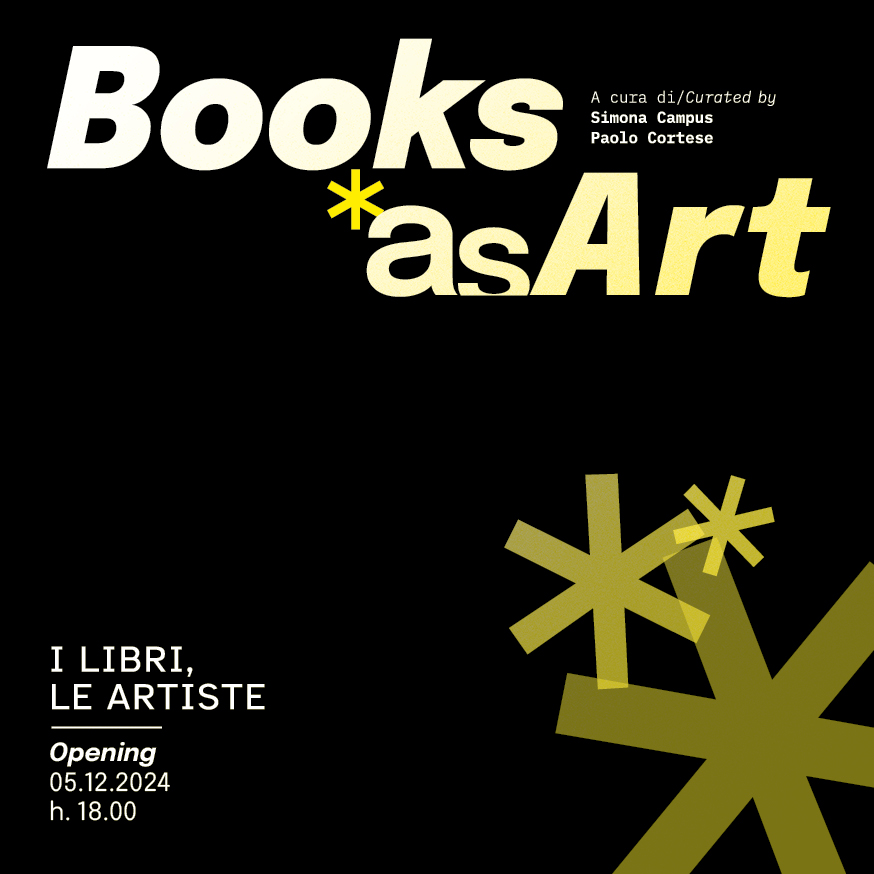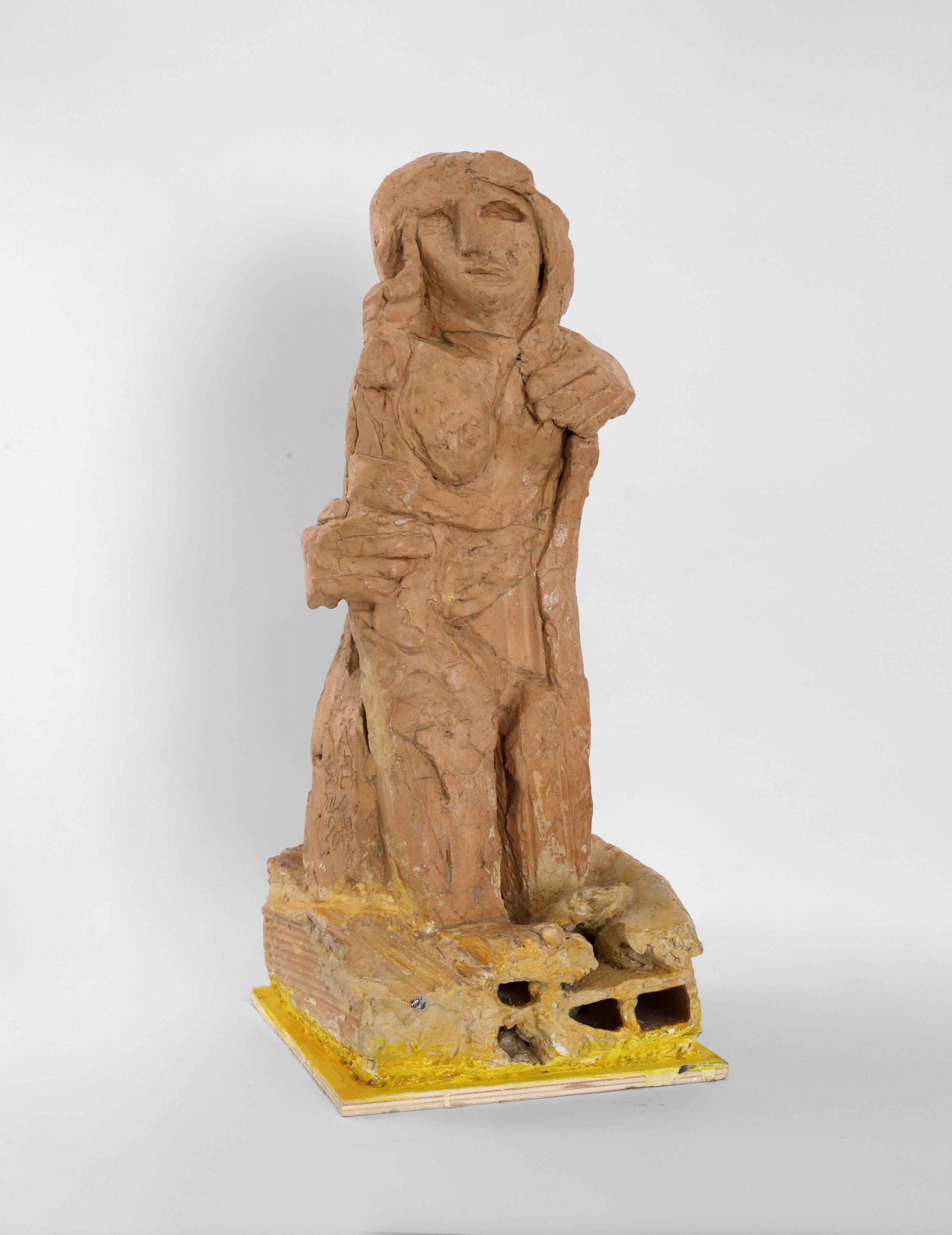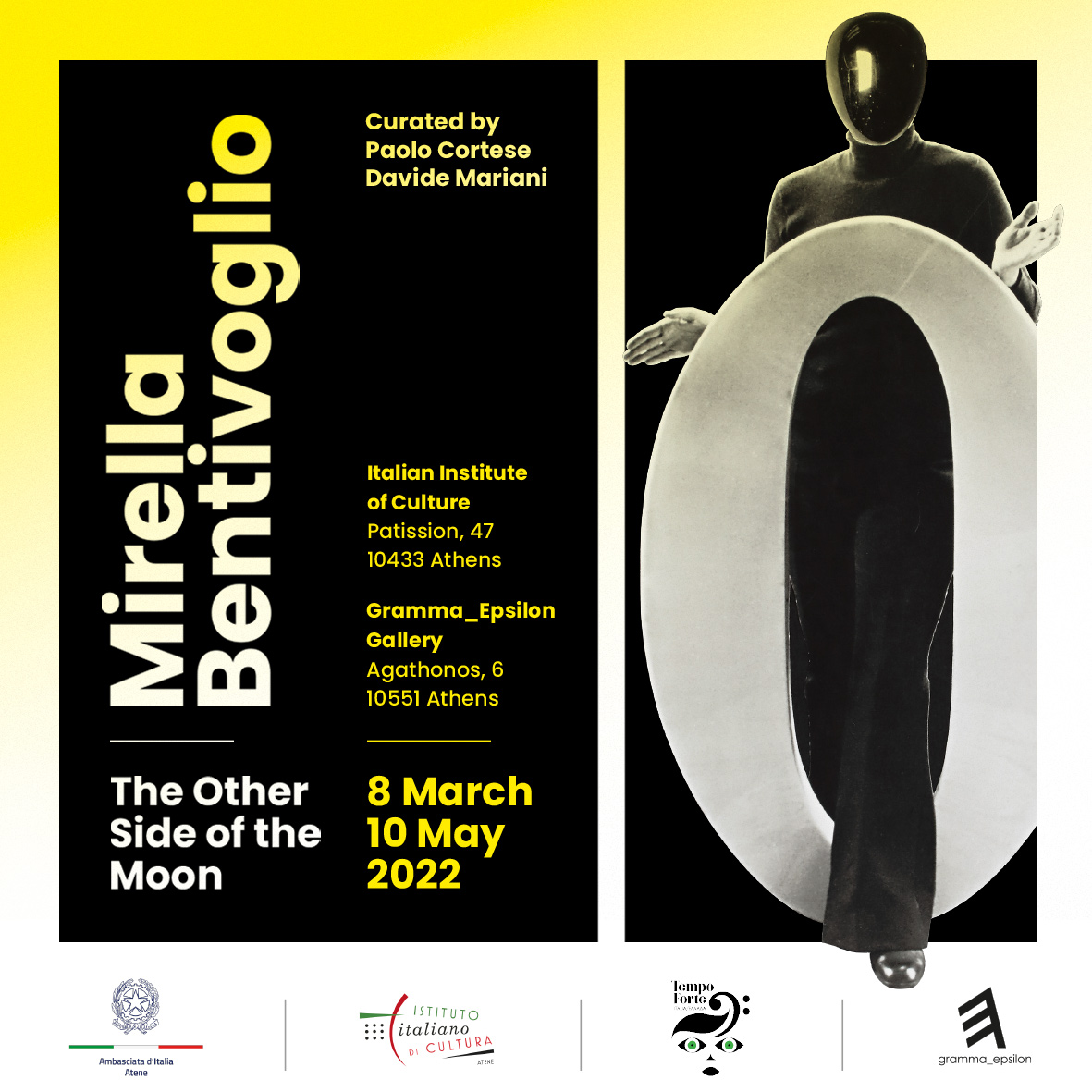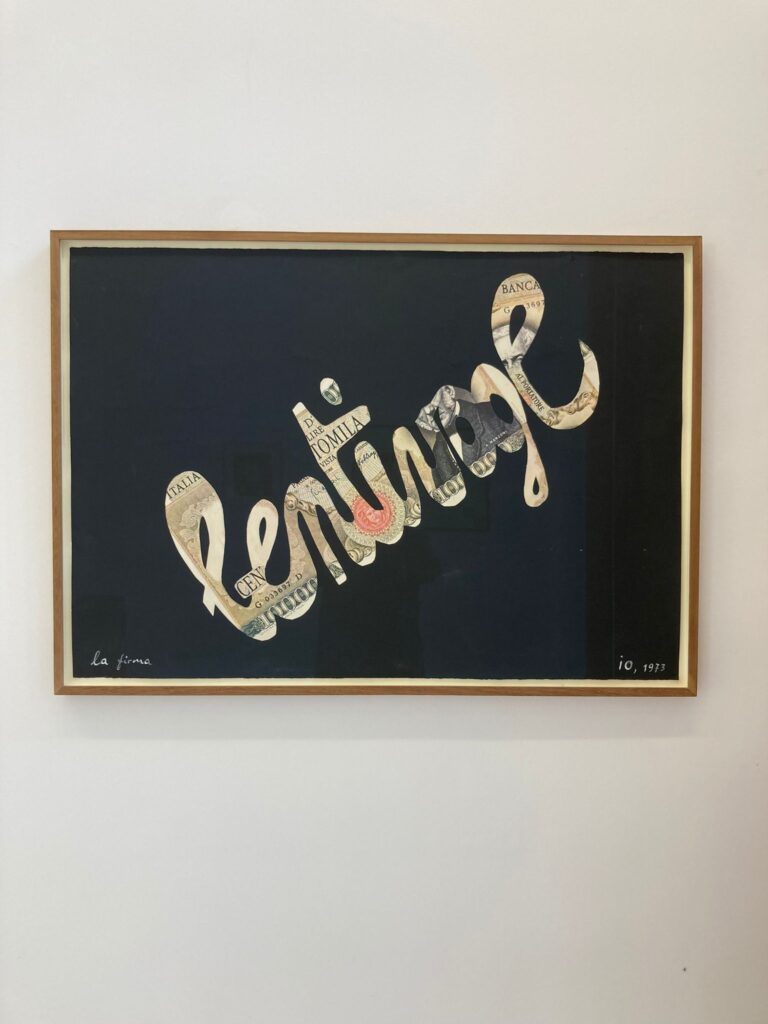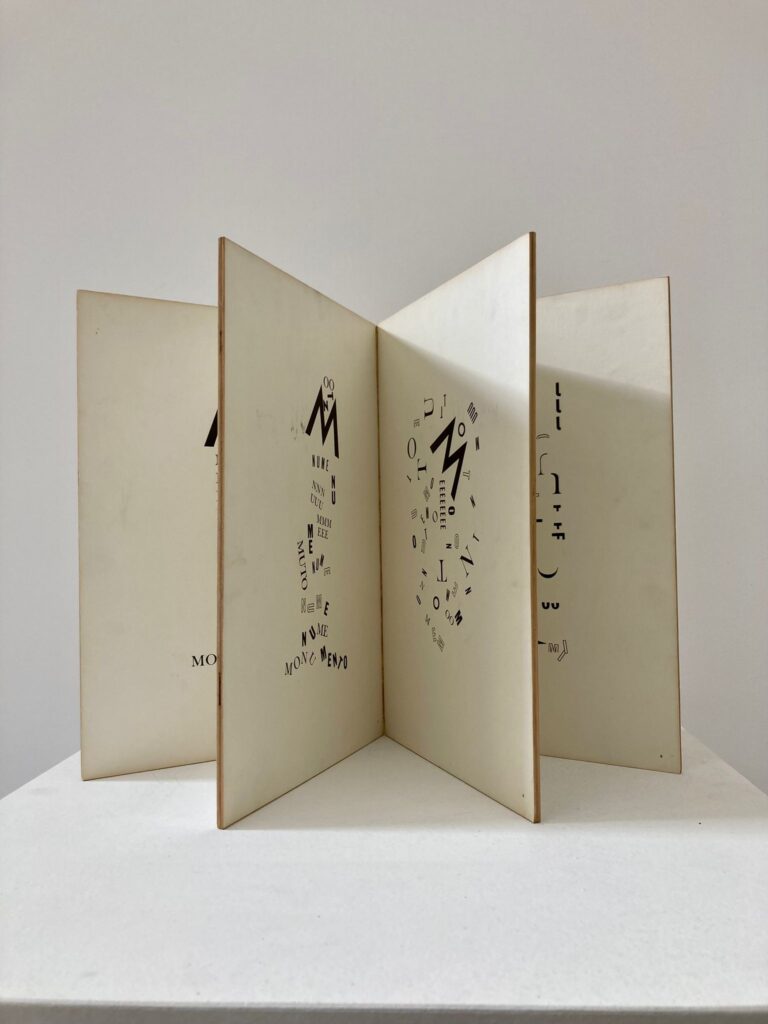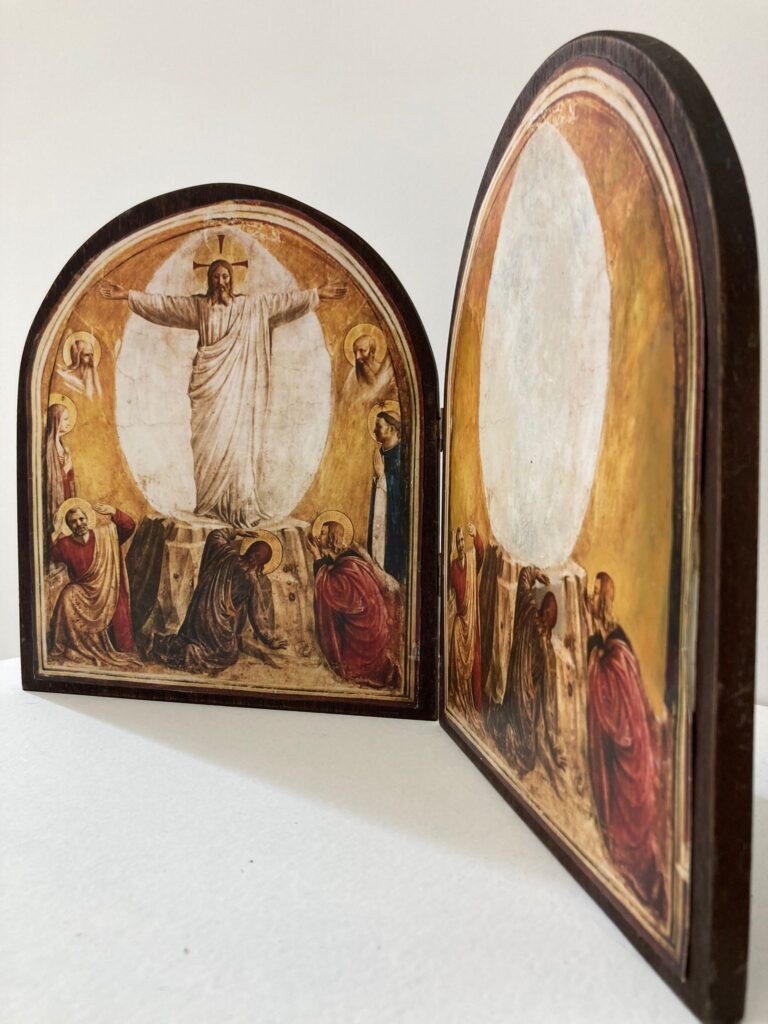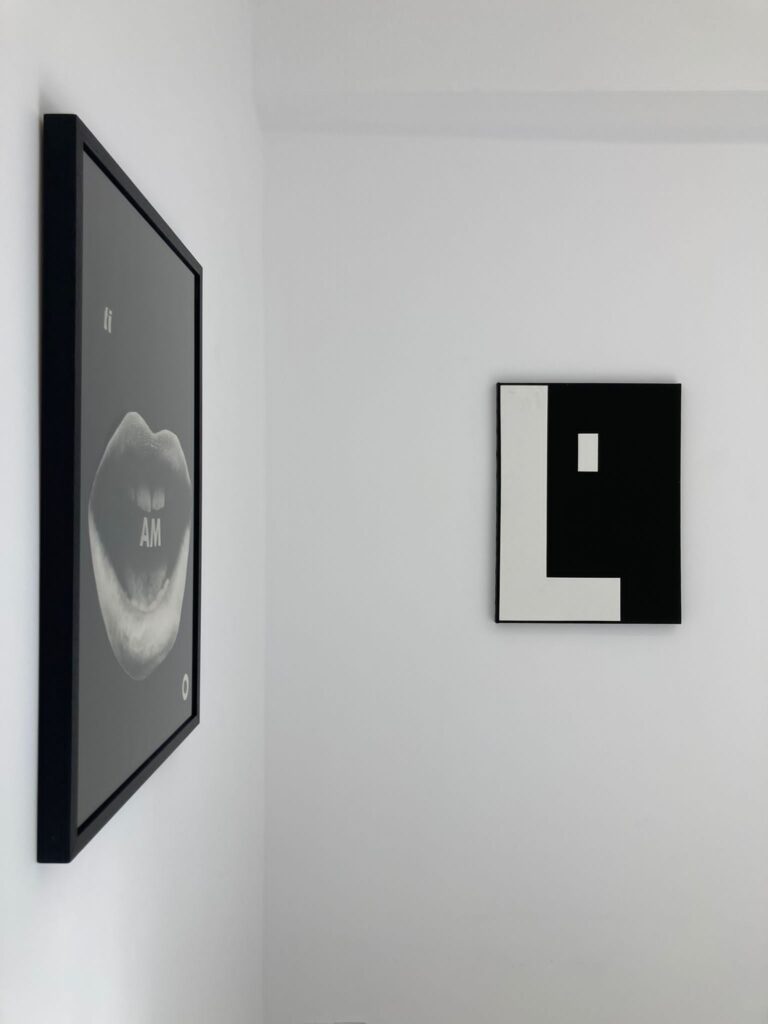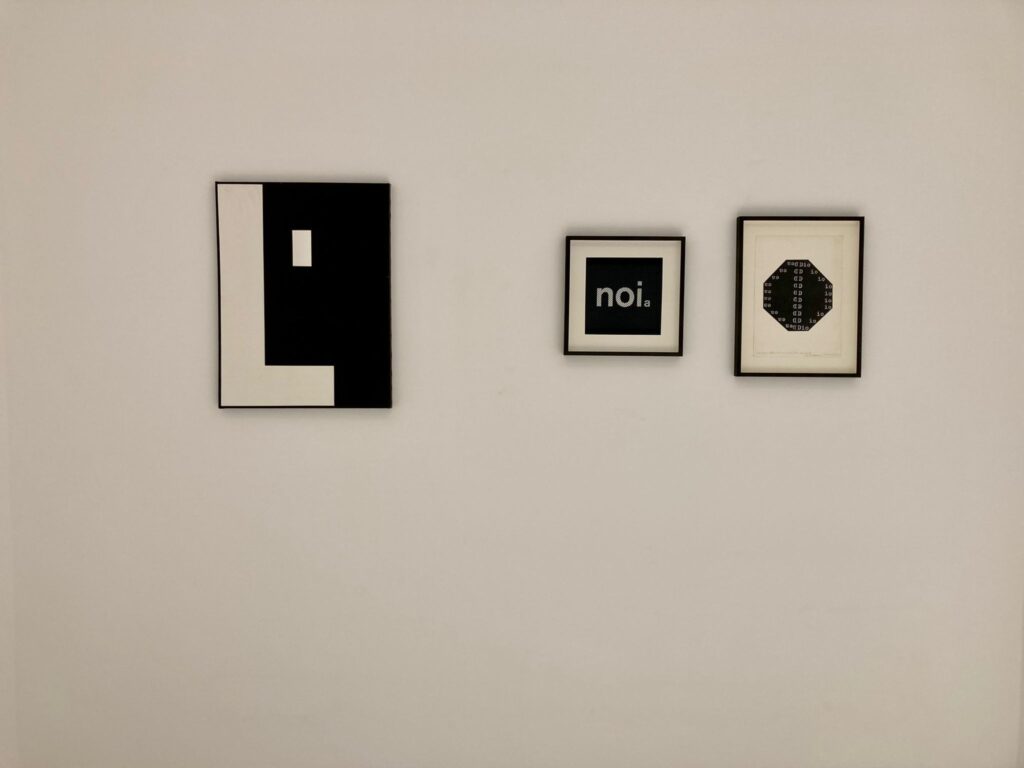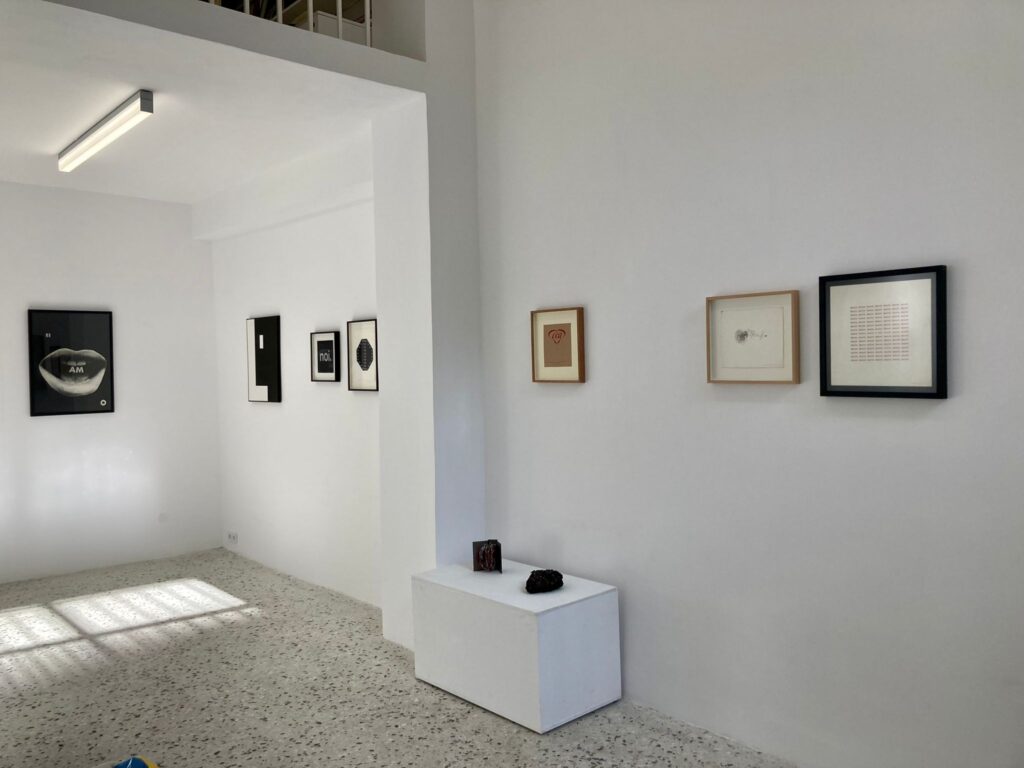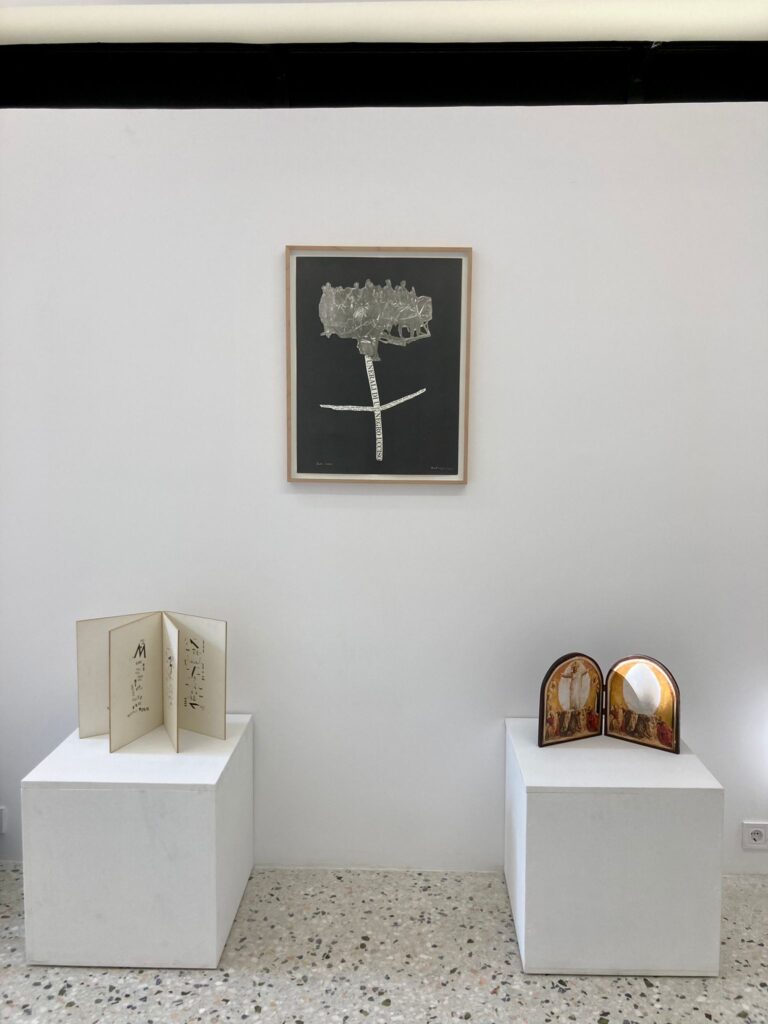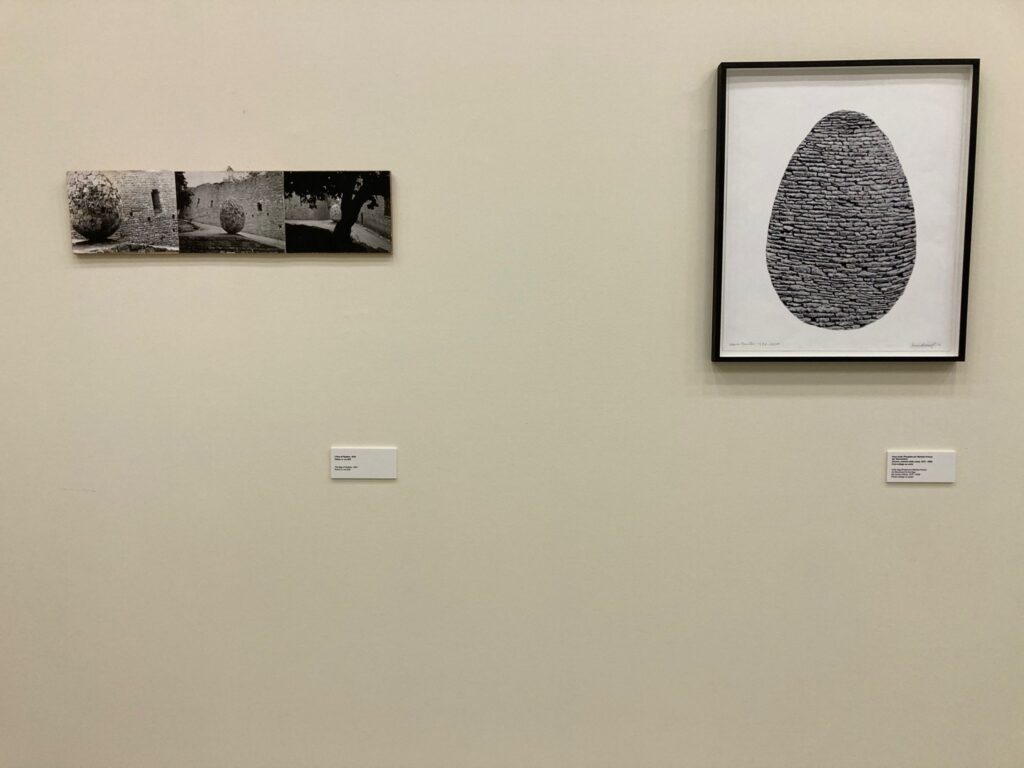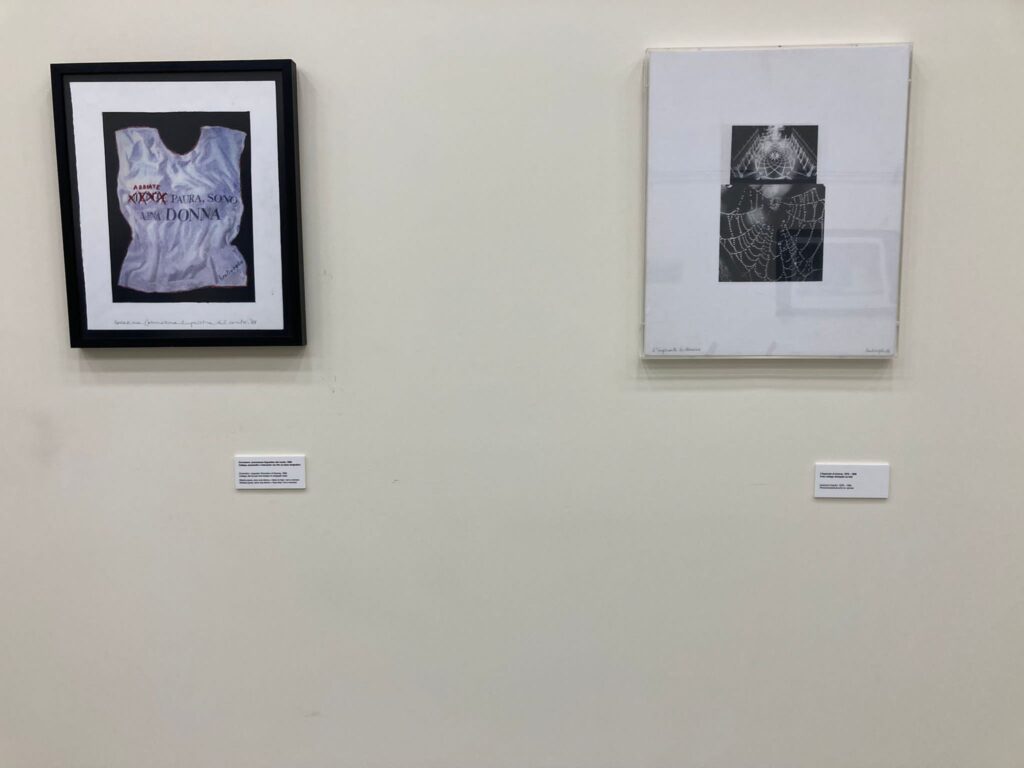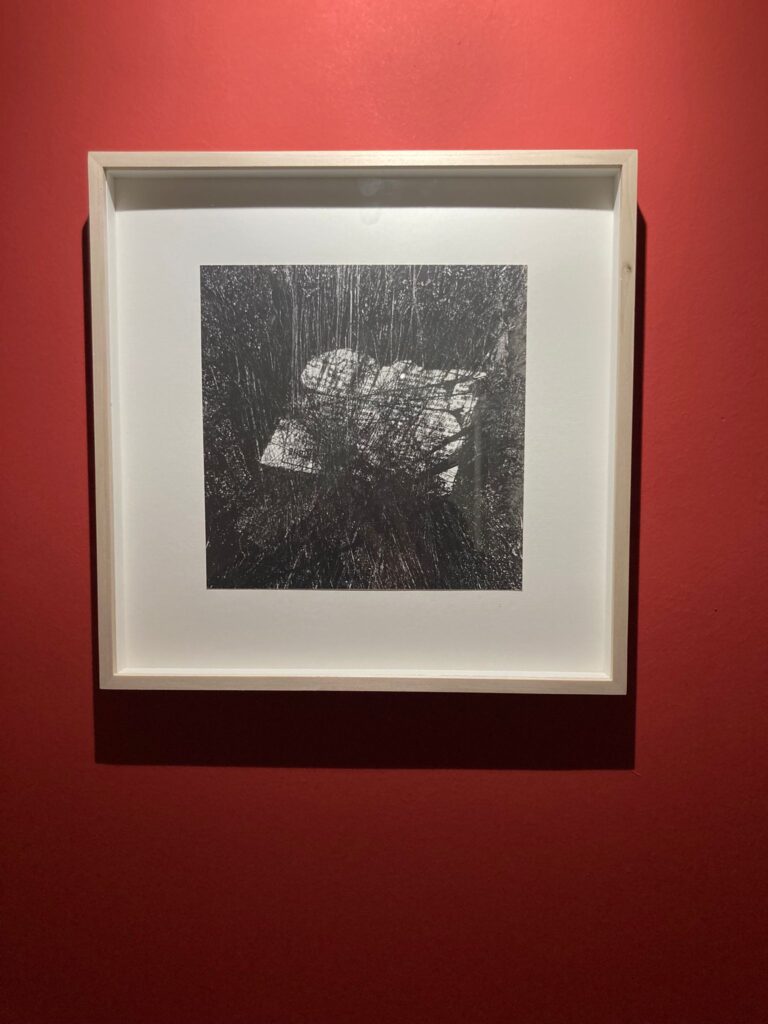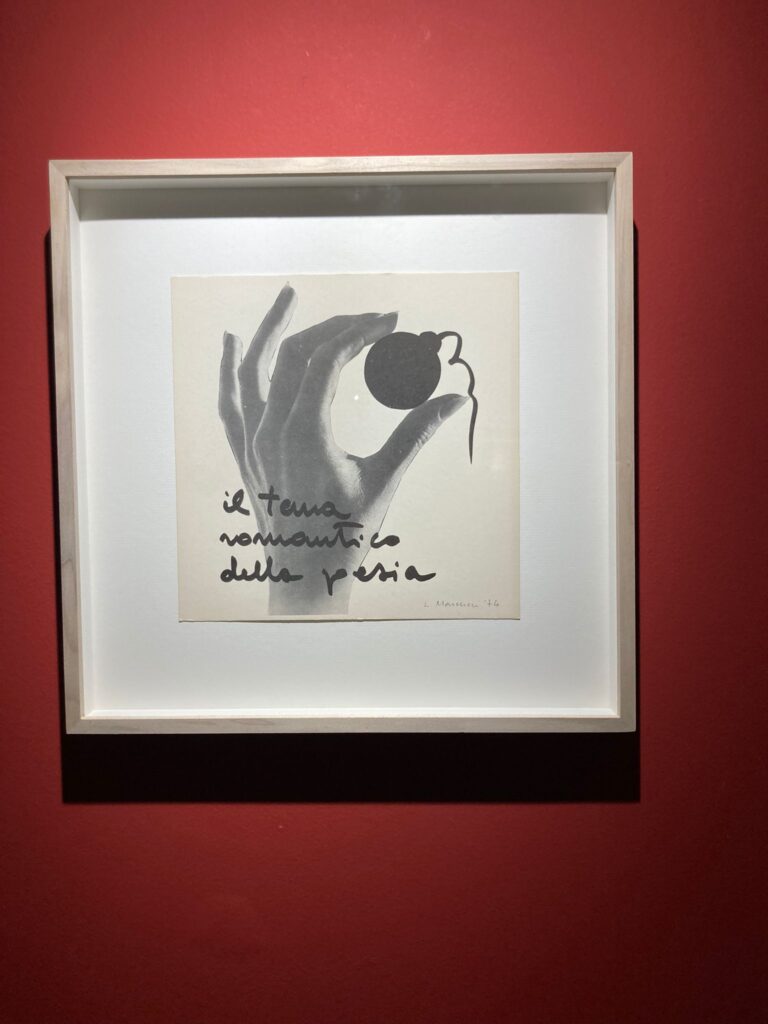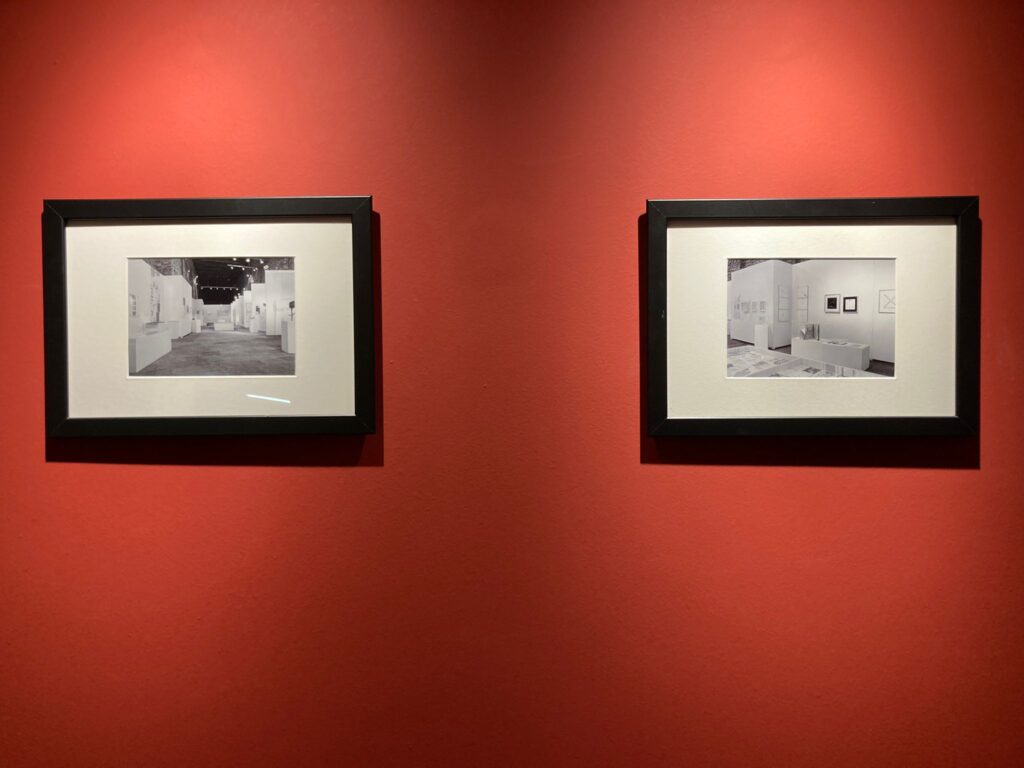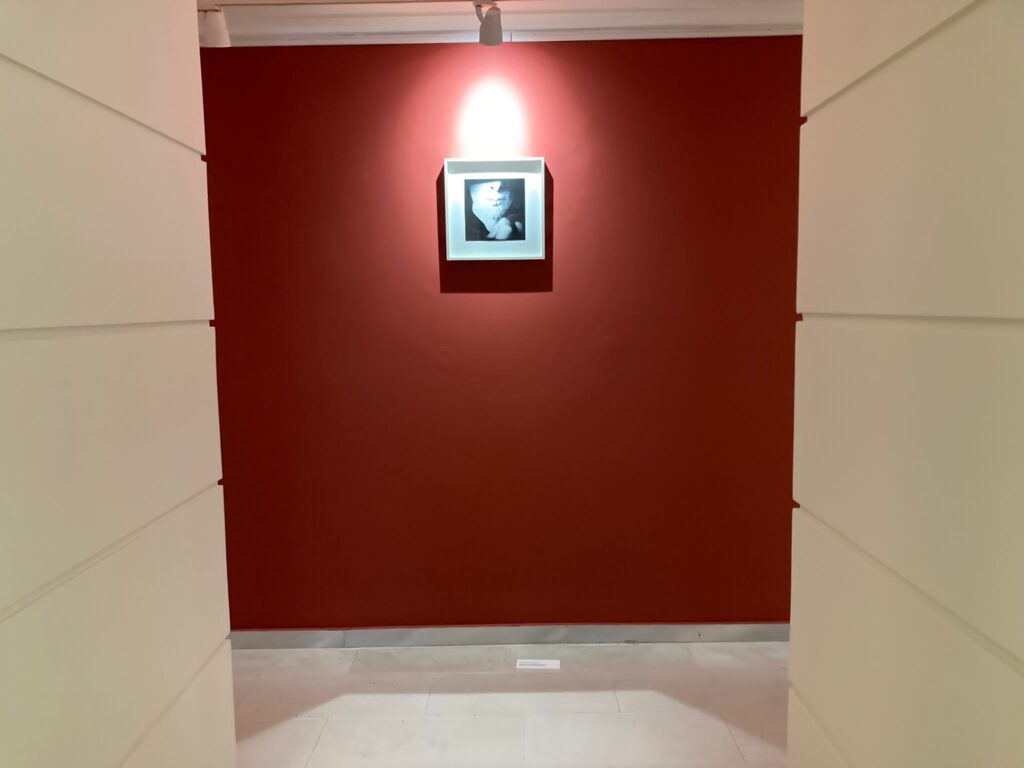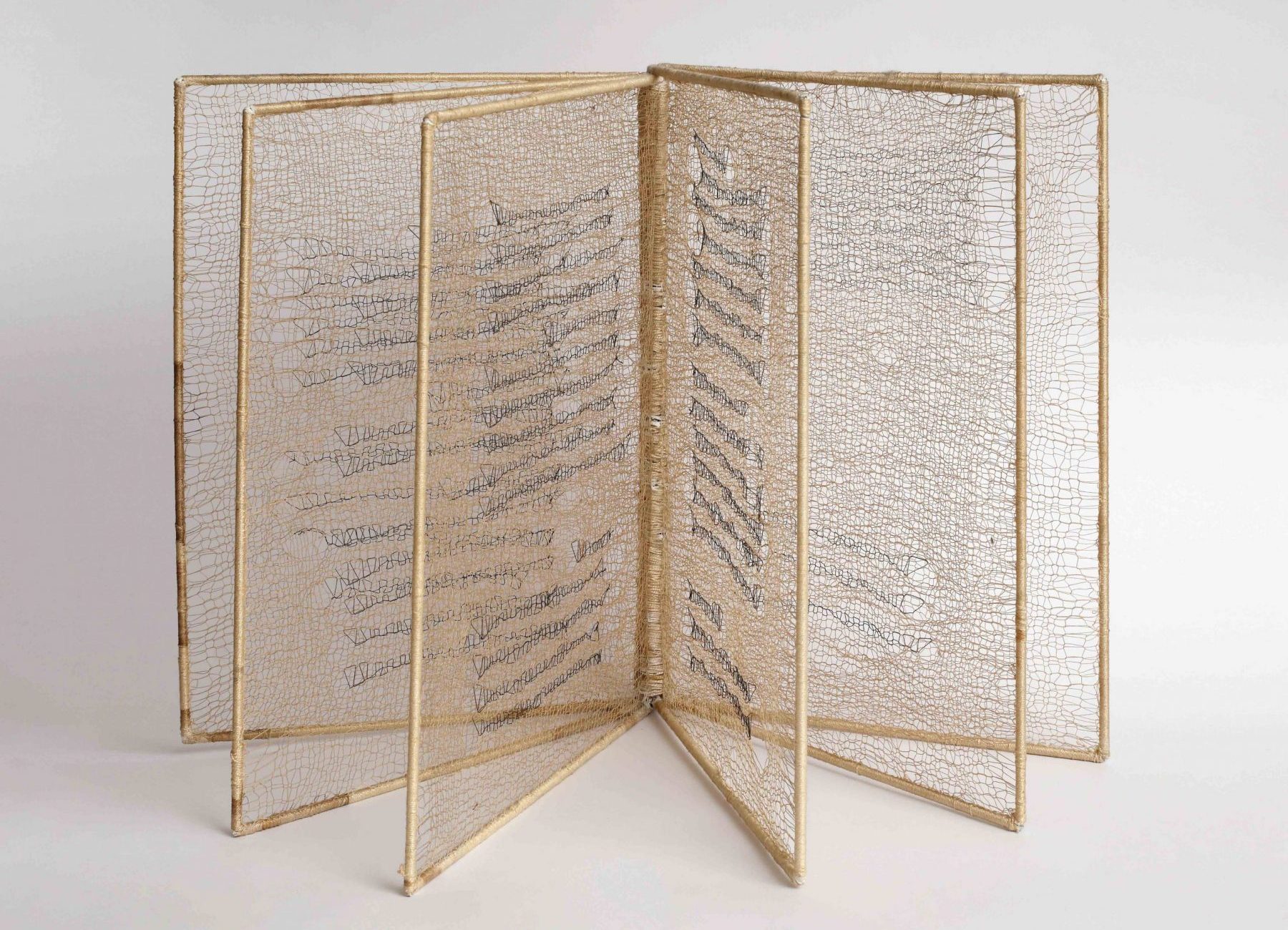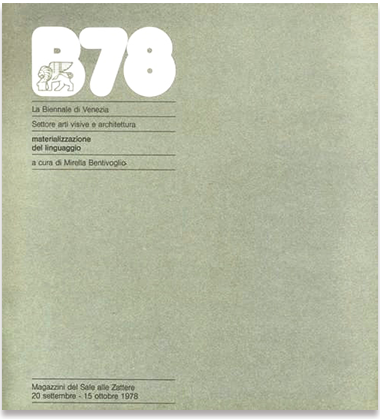from the catalogue ELISABETTA GUT_ALPHABETS curated by Paolo Cortese and Rosanna Ruscio pubblished by Gramma_Epsilon in occasione of the retrospective exhibition hold in Athens 13.03 – 13.06.2025
I ask Elisabetta to explain the works we chose together for a project to be presented at an important international fair.(1)
We’re standing near the glass doors that lead from her living room to the garden and its unusually open. She points to the large magnolia towering in front of us and, in her rough voice, says, “One day I picked up a leaf from the ground, held it in my hand, looked at it… and it was a book!” As she speaks, she mimics opening a book with her joined hands. Then she adds, “It’s like in that song…” and hums a bit the famous Sergio Endrigo melody, “Ci vuole un fiore, per fare un libro, ci vuole l’albero!”.(2)
For Elisabetta, everything follows precise rules, but these are not easily accessible or visible. Following the hidden thread of her thoughts, she continues, “Works don’t need to be explained, they need to be understood.” I know her well and don’t ask anything but wait. She turns and looks around. I follow her gaze, the walls of the living room are covered with works from different eras. The dominant colour is clearly white, many are geometric assemblages of a constructivist style with subtle black or aluminum-colored inserts. Above a large bookcase, there are yellow perspex prisms, aged by time and smoke. On the desk and drawing table, visual poetry works are neatly arranged, some of which have been waiting patiently for years to be completed. On white bases of different sizes, protected by perspex display cases, there are object-books, perhaps the works for which she is most well-known today.
“People don’t understand anything,” she starts, referring to the gallery owners, “It’s like with musicians: first, you learn the notes, study the solfeggio, do the scales, then you start with little sonatinas, chamber music, symphonies, and then you play jazz!” She turns to me, “Visual poetry is jazz! If I hadn’t done all this before, I could never have created works like those!” she says, pointing at the Musical Instruments (3) I approach to take a closer look. They are collages on A4 Fabriano sheets, glued onto a wooden base and encased in a perspex case. Inside, on thin cardboard supports, are attached fragments of musical writings, dried seeds, and feathers, while black cotton threads, like the strings of musical instruments, are stretched through tiny holes.
I had never related those small masterpieces of visual poetry to the series of Fugues, Counterpoints, or Kites, which were also created in the 1970s.(4)
Thinking about it, in all these years, I had never really seen, except very briefly, her earlier works, those from the ’50s and ’60s, which after the major exhibition curated by Mirella Bentivoglio in Macerata in 1981,(5) Elisabetta never wanted to exhibit again, as if they represented a mortgage on her affiliation with the neo-avant-garde logo-iconic movements.
When, a few months before her death,(6) her daughter Bettina asked me to help organize her archive, I finally had access to the entire body of her works, and everything I had heard her talk about took shape like a puzzle that, in its entirety, but also in its smallest pieces, encapsulates the essence of the art and the person of this extraordinary artist: Elisabetta Gut.
Flipping through the albums from the early 50s, when she was still attending the art institute, and opening the folders filled with studies, projects, and exercises, one cannot help but notice the mastery of line and color. The lines are definite, still and incisive, even when they are intentionally light. The color combinations are bold, strong, and contemporary. Nothing predicts that within ten years her work will turn toward an almost total abandonment of color.
On the contrary, the interest in spatial dimensions, already present in her early works, would remain a constant in the artist’s research,(7) observable in all the multiple phases of her long journey.
Since her first solo exhibition, held at the Cairola Gallery in Milan in 1956 and presented by Felice Casorati, Elisabetta gathered great critical and market success, selling most of the works exhibited. In this early phase, when she signed as Elisa,(8) we could say the artist was still experimenting with the tools at her disposal and refining her mastery, so her attention seemed directed outward. But by the early ’60s, all her energy rapidly shifted toward a search for the self, a search that would accompany her always and would constantly characterize her work.
In this sense, the selection of works presented here, dating from the early ’60s to the most recent works, should be understood. The intention is to emphasize the fil rouge connecting them, that irresistible drive of the ego to emerge and find, through the works, an enduring celebration. Naturally, this journey, over time, goes through distinct phases, but it is no coincidence that the first work in this exhibition, In Search of Lost Time (Proust) from 1961, and the last one, Ego from 2018, even in their titles, are exemplary of the terms through which this long creative arc unfolds.
P.C.
1.Conversation held in Rome at the artist’s home, in September 2019. The project referenced is Three Approaches to Poetry: M. Bentivoglio, A. Etlinger, E. Gut, Artissima Oval Lingotto, Turin, November 2019.
2. Ci vuole un fiore, song by Sergio Endrigo, lyrics by G. Rodari, 1974.
3. The artist created several series of Musical Instruments exhibited in the following solo exhibitions: Semi e segni, Galleria Cortese & Lisanti, Rome, 2009; Books Without Words: The Visual Poetry of Elisabetta Gut, National Museum of Women in the Arts, Washington, USA, 2010; Cutting through: the Art of Elisabetta Gut, Maitland Regional Art Gallery (MRAG), Maitland, Australia, 2012.
4. These are three series of assemblages created between 1972 and 1978 and exhibited in the following events: Gut, Palazzo Arengario, Monza, December 7-18, 1973; X Quadriennale Nazionale d’Arte di Roma. Artisti stranieri operanti in Italia, Palazzo delle Esposizioni, Rome, June 9 – July 10, 1977; Elisabetta Gut 1956-1981: un filo ininterrotto, curated by M. Bentivoglio, Pinacoteca e Musei Comunali, Macerata, 1981.
5. Elisabetta Gut 1956-1981: un filo ininterrotto, Ibidem.
6. Elisabetta Gut passed away in Rome on May 16, 2024.
7. See N. Ponente, 1970; M. Torrente, 1973; G. Montana, 1976; M. Bentivoglio, 1981, 2009.
8. The artist initially, when signing her full name, used her first name, Elisa.

